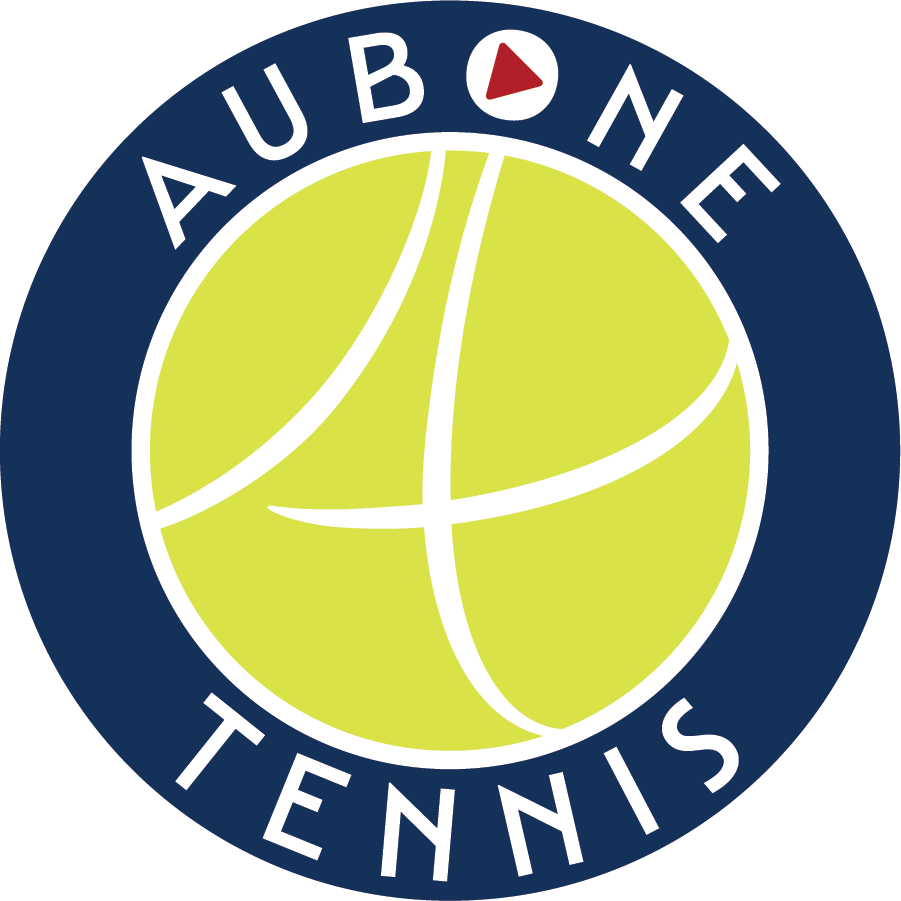SwingVision Levels Up with Awesome New Feature!
I do my best to coach by the idea that if I’m constantly asking my players to get better, I should do the same. Well SwingVision’s new feature helps me accomplish just that!
Their recent update now breaks down a player’s return of serve stats by showing how many of them were made, how many landed deep vs short, and compares the deuce side vs the ad side. For those looking to measure how aggressive or conservative they’re hitting their return, the mph of their shot is there too.
This is a tremendous update as the return of serve is the second most important shot of the game. If you can’t put your returns in play, you’re not going to break serve. Considering that returning serve is half of the match, if you can’t break serve, it’s going to be extremely difficult to win. (If that becomes the case, I hope you have an Isner/Opelka-like serve to give you a chance!)
So working on the return of serve is crucial to a player’s success.
And for me as a coach, I’m in charge of creating the most efficient practice plans that help a player succeed as quickly as possible. Therefore, the more information I have about what’s going on during a player’s competition, the better the development plan I can create.
I recently had the opportunity to test out this new feature after recording one of my players matches. Continue reading to see how I analyzed their return stats to adjust our practice plan:
Take a look at their return stats in the photo above. With the exception of return speed on the 1st serve, my player experienced significantly more success returning from the deuce side.
1st serve returns: 86% made on the deuce side vs 73% on the ad side, with 65% of the deuce side returns going deep, while only 42% of the ad side went deep!
2nd serve returns: 100% made on the deuce vs 75% on the ad side, with 62% of the deuce side returns going deep, while only 50% of the ad side went deep! What a stat! They made every single return on the deuce side, while taking more risk with their depth. That’s incredible.
Once I saw these stats, I knew I needed to work on my player’s ad side returns, both 1st and 2nd serve, as well as their depth. So moving forward, instead of splitting the return practice 50/50 to each side, the ad side will get 90% of the repetitions, and the deuce side will get 10%. I will also setup specific depth targets, and have goals of getting a certain amount of returns inside the depth zone. The number of returns that need to land in the depth zone will depend on their skill level.
For this player, I created the following drill:
Make 8 out of 10 1st serve returns on the ad side in the depth zone located past the service line.
Make 9 out of 10 2nd serve returns on the ad side in the depth zone located past the service line.
It’s easier to return an opponent’s 2nd serve, therefore I’d want my player to have a higher returns made percentage in that situation.
Once we’ve practiced these specific returns, and any technical adjustments that needed to be made were made, I will then chart the return stats from every match on a spreadsheet to confirm if we’re improving or not. Based on those patterns, I will adjust the practices accordingly.
If you’re not on the SwingVision app yet, you’re missing out on a big opportunity to improve your game quickly, and if you’re still not sold, SwingVision is now offering a FREE SWING STICK with the purchase of a SwingVision Pro subscription. (Just in case you’re new to SwingVision, the Swing Stick is what mounts your phone on the top of the fence to record your practice or match.) The Swing Stick currently goes for $99 so that’s a huge discount! And if you’re STILL on the fence……..(get it?), there’s a 45-day money back guarantee, so give it a shot! Just click the link below and let’s improve our returns!

